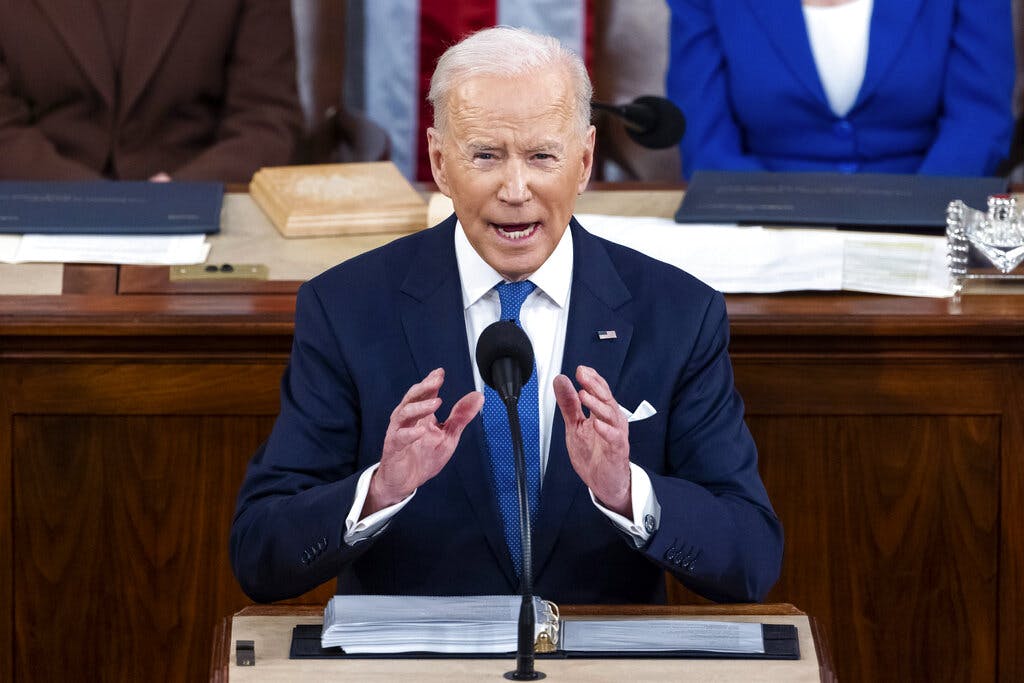The State of the Union Is Divided
Despite President Biden’s vows of unity, the Congress he will address is one of the most bitterly divided in American history.

The salient fact about the State of the Union on which President Biden will report tonight is that, despite his vows of unity, the Congress he will address is one of the most bitterly divided in American history. The Democrats, who are officially listed as the majority in the Senate, hold fewer seats than the Republicans (independents give the Democrats control)* and the Republican margin in the House is so slim it could barely choose a Speaker.
We understand that Mr. Biden has, in full employment, some good news to report. Unemployment is at historic lows. The Democrats, though, have purchased this jobs boom not by supply-side measures of cutting taxes and deregulating the economy, a strategy that produces real booms, but by taxing and spending at astonishing rates — and borrowing trillions from the federal government’s own central bank.
This has produced the inflation that is sapping the optimism that a country in the midst of a jobs boom ought to enjoy. Mr. Biden will no doubt try to belittle inflation as an issue, noting that the rate has been dropping slightly. Belittling inflation, though, is not a good strategy. Nor is refusing to negotiate — meaning to consider curbs on spending — on the debt ceiling. That’s another Biden strategy that seems calculated to divide rather than unite.
The economic crisis — total federal debt is now bigger than our GDP — would be harrowing in and of itself. It’s all the more so in the context of war. Not since the Cuban missile crisis have we Yanks been in such a dicey situation, in which a world war could erupt on any one of several fronts: Ukraine; the 38th Parallel; the sub-continent, where Pakistan is on the verge of collapse; and the Formosa strait between communist and free China.
Our own view of the foreign policy crisis is that it follows from the strategy of surrender and appeasement that the Democrats have pursued on several fronts — Afghanistan, most recently and dramatically, and Iran, most abjectly. In any event, our adversaries look at us and see a bitterly divided country that is spending way beyond its means and refusing to address its debt crisis. What incentive do our foes have to retreat?
The last Democrat to give a State of the Union address featuring a genuine bid for unity was President Clinton. That was in 1996, when he responded to the Democrats’ loss of Congress by declaring — or acknowledging — that the “era of big government is over.” With those sentiments he bought into the Reagan boom, the tax cuts of which allowed Mr. Clinton to finish his term with a balanced budget. At this point it’s hard to see Mr. Biden pulling off that trick.
________
The official listing on Senate.gov uses the phrase “majority party” to describe the Democrats with 48 seats and the phrase “minority party” to describe the Republicans with 49 seats.

